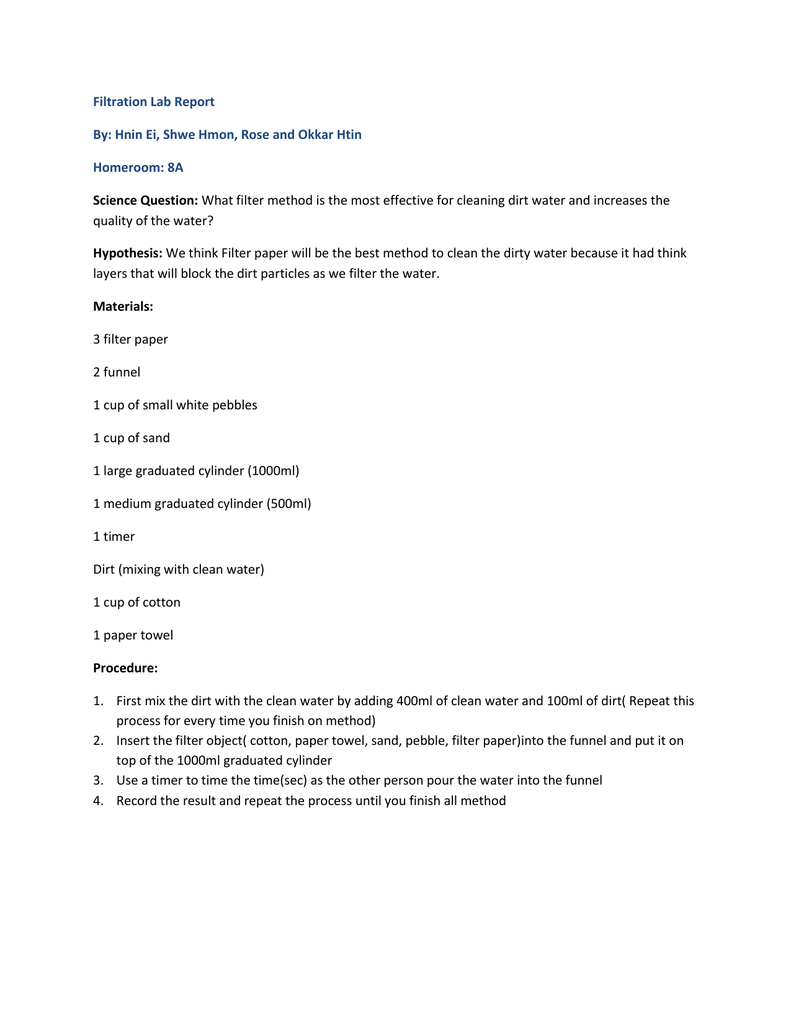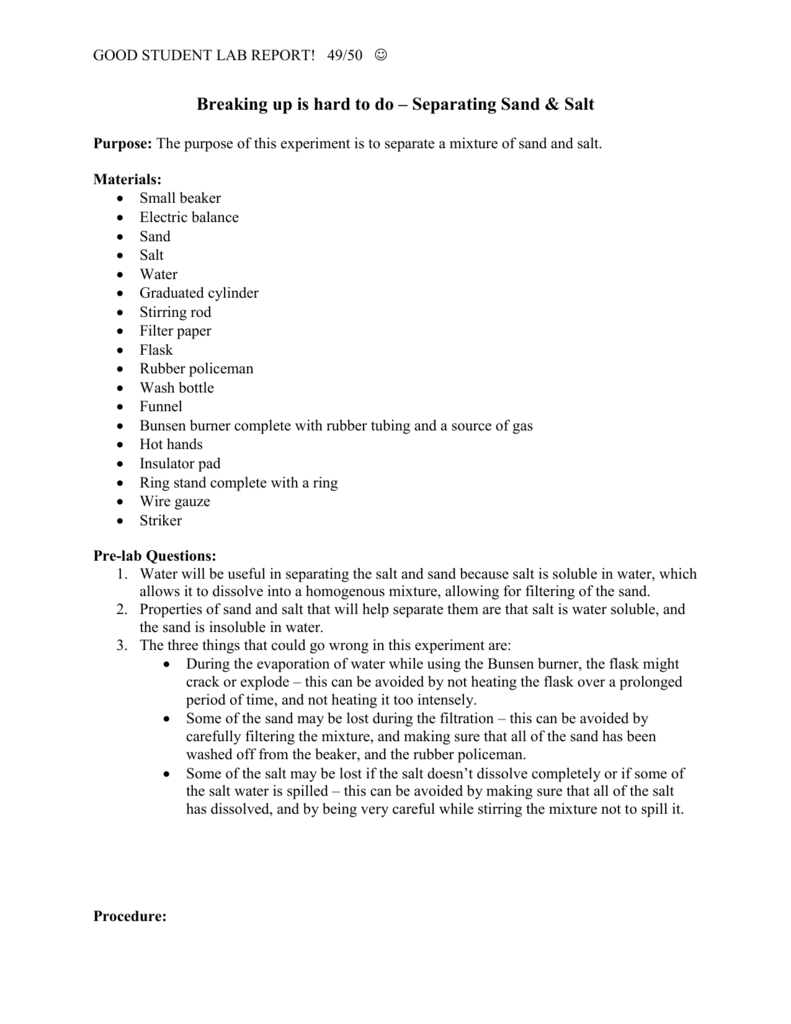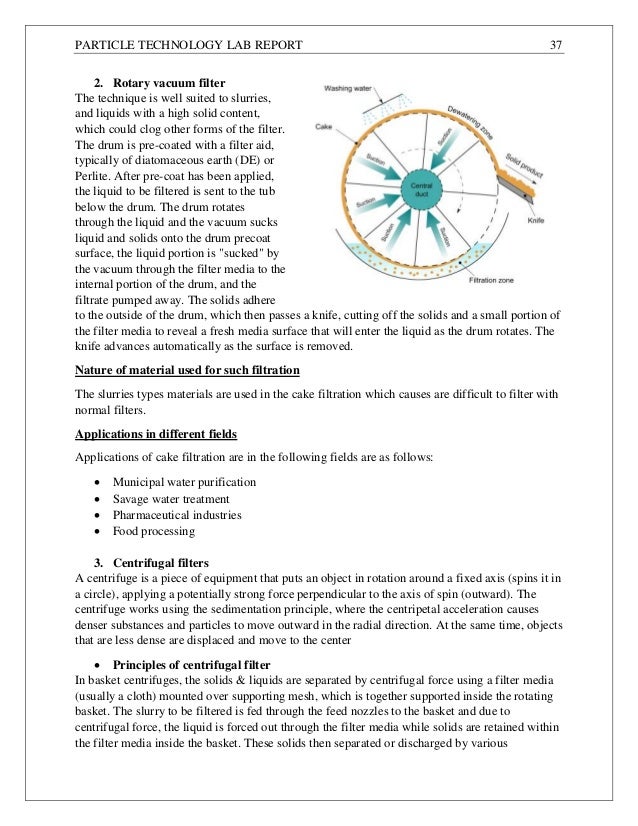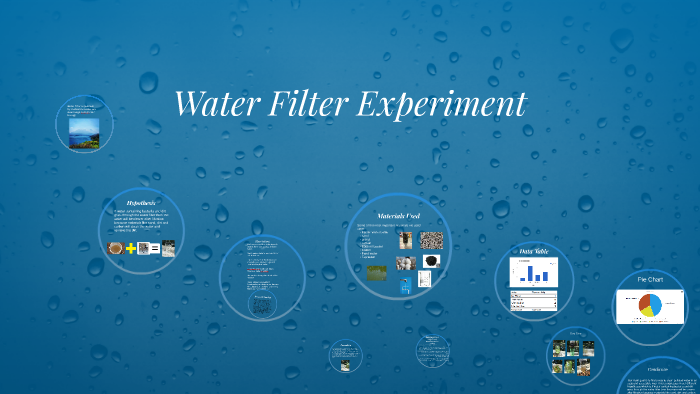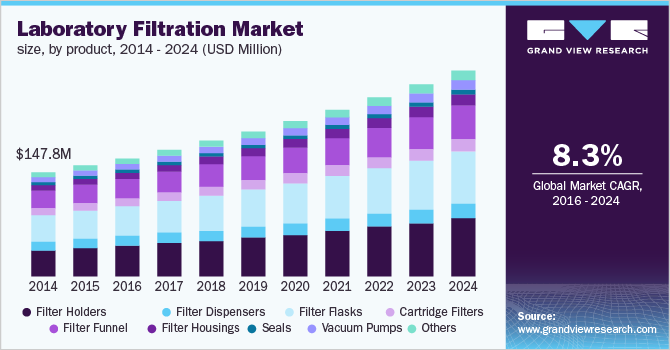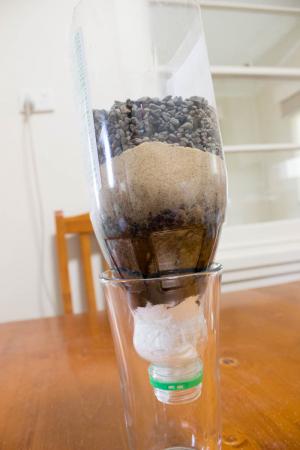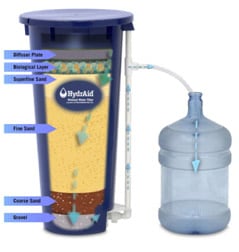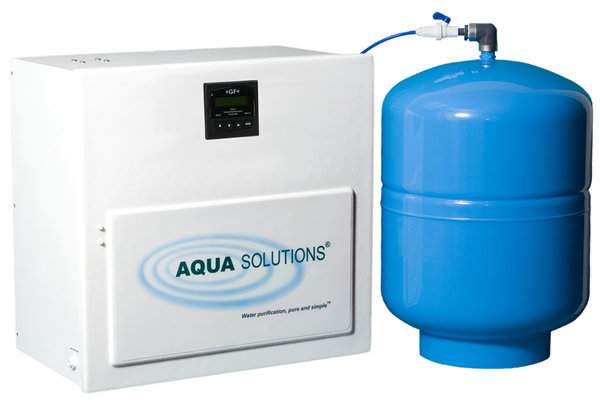Water Purification Lab Report

One major purpose of water purification is to provide.
Water purification lab report. Water treatment science and advanced water systems enables us to purify dirty water so that it s safe for our purposes. Even if it s fresh water it may contain waterborne diseases and or be contaminated water. We learned that chlorine was most effective in bringing water s ph level to neutrality 7. The purpose of this lab was determine which of the four main water contaminants were present in an unknown water sample.
Once the lab has completed testing your water you will receive a report that looks similar to figure 1. Features of a sample report. Find data about your public water system including information about system characteristics sampling data violations and enforcement annual water quality reports consumer confidence reports search epa s database for your annual water quality report that includes information on source water the levels of detected contaminants and compliance. For more than 130 years thermo scientific lab water systems have been a trusted resource for science and industry.
Our lab water purification system portfolio offers a broad range of pure and ultrapure water purification systems and services designed for scientists working in pharmaceutical clinical academic industrial research and government laboratories in both validated and non validated environments. Whether your water causes illness stains on plumbing scaly deposits or a bad taste a water analysis identifies the problem and enables you to make knowledgeable decisions about water treatment. Our complete line of water purification technologies includes solutions for your most critical and everyday application needs from electrodeionization to reverse osmosis and distillation. After identifying the contaminants i then had to determine where the main source of the wastewater came from.
This lab taught the class three water purification processes that separate the oil from the water filtrate the foul water using sand and gravel and using charcoal as a filtration device. We then divided the difference between the control and the treated water s ph level by the control s distance from 7. Water purification process by which undesired chemical compounds organic and inorganic materials and biological contaminants are removed from water that process also includes distillation the conversion of a liquid into vapour to condense it back to liquid form and deionization ion removal through the extraction of dissolved salts. The independent variable was the different water purification processes.
Let s conduct a water purification project to better understand our water sources water purification systems and general water resources.
